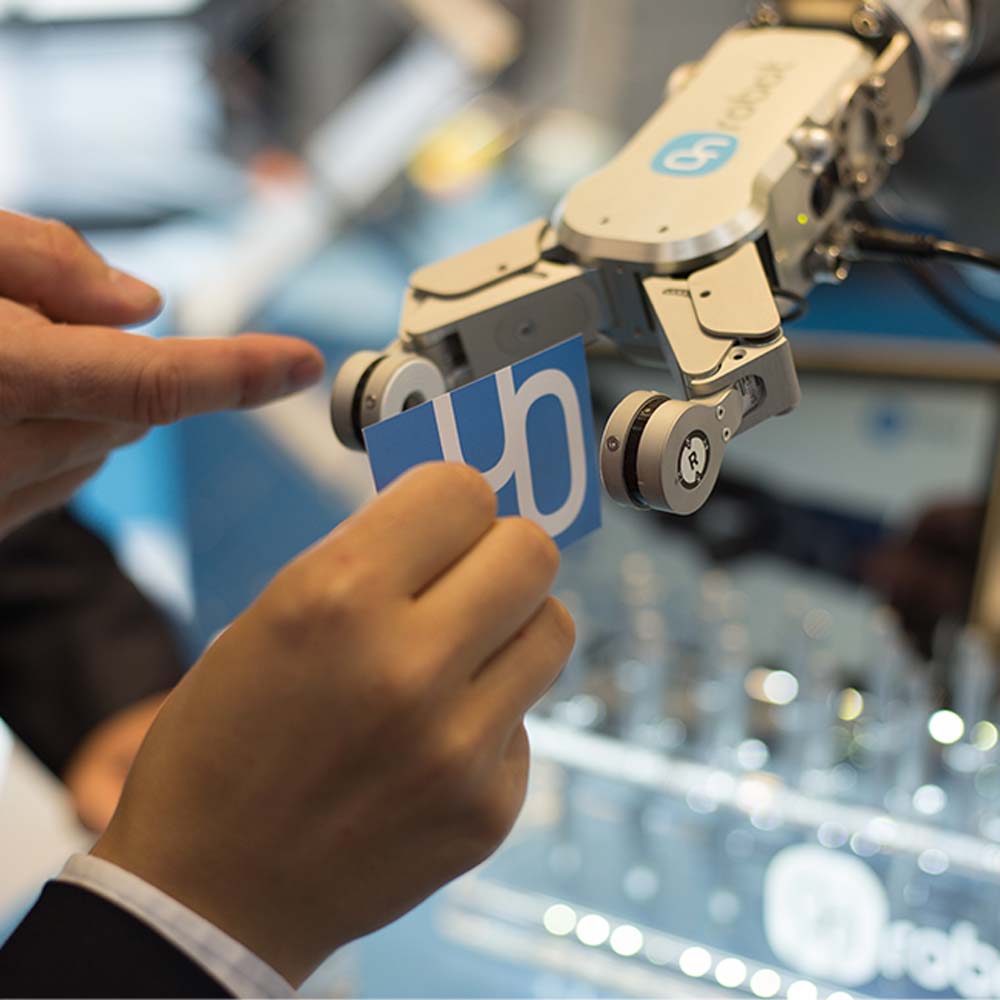Diving into the Concept of Collaborative Applications – OnRobot Blog
OnRobot’s recent blog delves into the concept of Collaborative Applications and makes for an interesting read:
Smarter and more versatile robotic tools, or end-of-arm tooling (EOAT) for Cobots (Collaborative Robots) — sensors, grippers and quick changers —empower robots to take over repetitive tasks, freeing them to handle adaptive, higher-precision and more intelligent applications that in the past were too complex to automate.
More importantly, these advanced tools enable collaborative applications that allow workers and robots to operate safely side by side due to the user-friendly nature, intuitive programming and safety features of EOAT-fitted robots.
These innovations have helped increase EOAT adoption significantly. According to QYResearch, the global robotics EOAT market, valued at US$1,580 million in 2018, is expected to reach US$2,740 million by the end of 2025, growing at a CAGR of 7.1 percent from 2019-2025.1. Since each production facility varies in terms of such things as the task to be automated, product shape and size, and materials and robot, manufacturers must find the robotic tools that best suit their unique needs.
Prioritising EOAT Before the Robot
Due to technological advances, EOAT has become more sophisticated and capable. Now, how robots are deployed and what accessories are fitted and utilized will become more integrated than robots alone. In the past five years, robots have been used in a wider range of applications than ever before because end-effectors can now function better in more environments. Apart from handling variations in product size, weight, and shape, EOAT also enables robots to accommodate several processes at once. With EOAT bringing these enhanced capabilities to robots and this trend expanding across manufacturing, we will soon see robots becoming commodities. The kind of robot used won’t matter so much as the EOAT for the job…
Improving Return on Investment (ROI)
A robot’s ability to handle a growing range of industrial tasks thanks to EOAT leads to faster return on investment (ROI) for manufacturers. That’s because they’re flexible and easily deployed, allowing them to switch between multiple tasks with minimal need for additional programming or tool swapping.
The robotic tools also increase production since they can operate around the clock, completing tasks with greater precision and reliability than human operators while doing so. The safe, collaborative and intelligent nature of EOAT also lowers the automation cost since workers can work with them without additional safety fencing, complex programming or installation costs.

